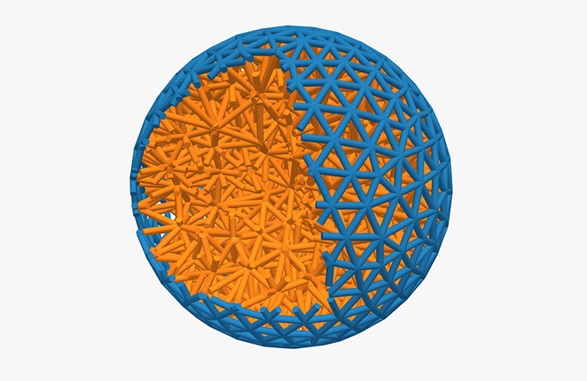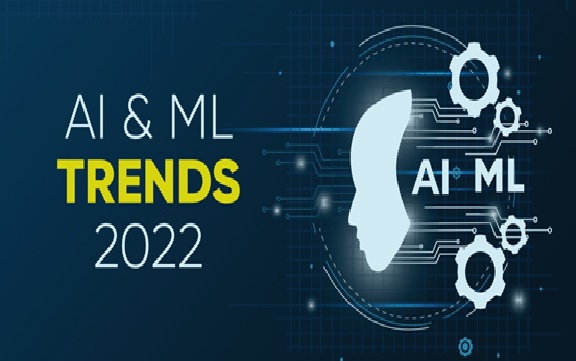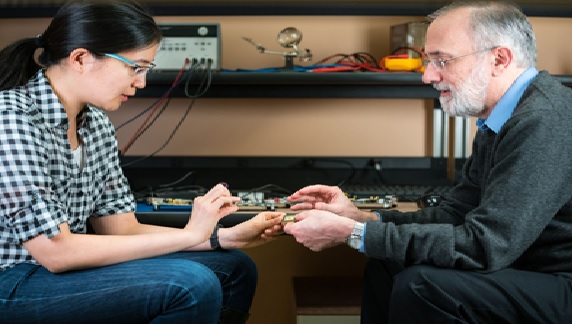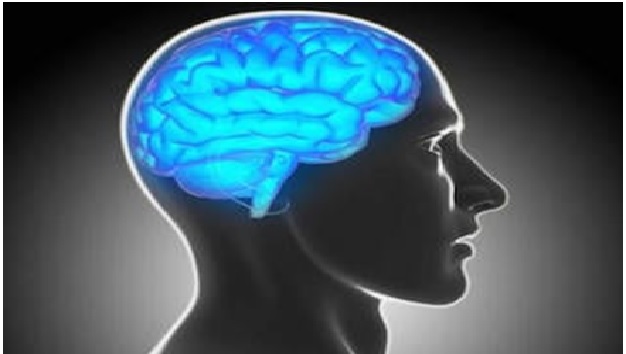'Nanomagnetic' computing can provide low-energy AI
Researchers have shown it is possible to perform artificial intelligence using tiny nanomagnets that interact like neurons in the brain.
The new method, developed by a team led by Imperial College London researchers, could slash the energy cost of artificial intelligence (AI), which is currently doubling globally every 3.5 months.The researchers showed nanomagnets can be used for ‘time-series prediction’ tasks, such as predicting and regulating insulin levels in diabetic patients. [1]

Figure 1. 'Nanomagnetic' computing can provide low-energy AI
Figure 1 shows depending on their orientation, nanomagnets can exist in different “states”. When a magnetic field is applied to a network of nanomagnets, the state of the magnets varies depending on the parameters of the input field and the states of adjacent magnets. [2]
We silly humans use artificial intelligence in a variety of ways today, ranging from voice recognition to self-driving cars. But these simple tasks still take a lot of energy to do. For example, training AI to solve a Rubik’s cube took the energy equivalent of two nuclear power stations running for an hour. Ironic, since robots will likely nuke us, someday. This new technique using nanomagnets requires far less energy and could make nanomagnetic computing up to 100,000 times more efficient than conventional computing. [3]
AI at the edge
The team will next teach the system using real-world data, such as ECG signals, and hope to make it into a real computing device. Eventually, magnetic systems could be integrated into conventional computers to improve energy efficiency for intense processing tasks.
Their energy efficiency also means they could feasibly be powered by renewable energy, and used to do 'AI at the edge' -- processing the data where it is being collected, such as weather stations in Antarctica, rather than sending it back to large data centres.
It also means they could be used on wearable devices to process biometric data on the body, such as predicting and regulating insulin levels for diabetic people or detecting abnormal heartbeats. [4]
References:
- https://vervetimes.com/nanomagnetic-computing-can-provide-low-energy-ai-sciencedaily/
- https://www.azonano.com/news.aspx?newsID=39093
- https://www.labroots.com/trending/technology/22752/nanomagnetic-computing-provide-low-energy-artificial-intelligence
- https://www.sciencedaily.com/releases/2022/05/220505114646.htm
Cite this article:
Thanusri swetha J (2022), 'Nanomagnetic' computing can provide low-energy AI, AnaTechMaz, pp. 89















